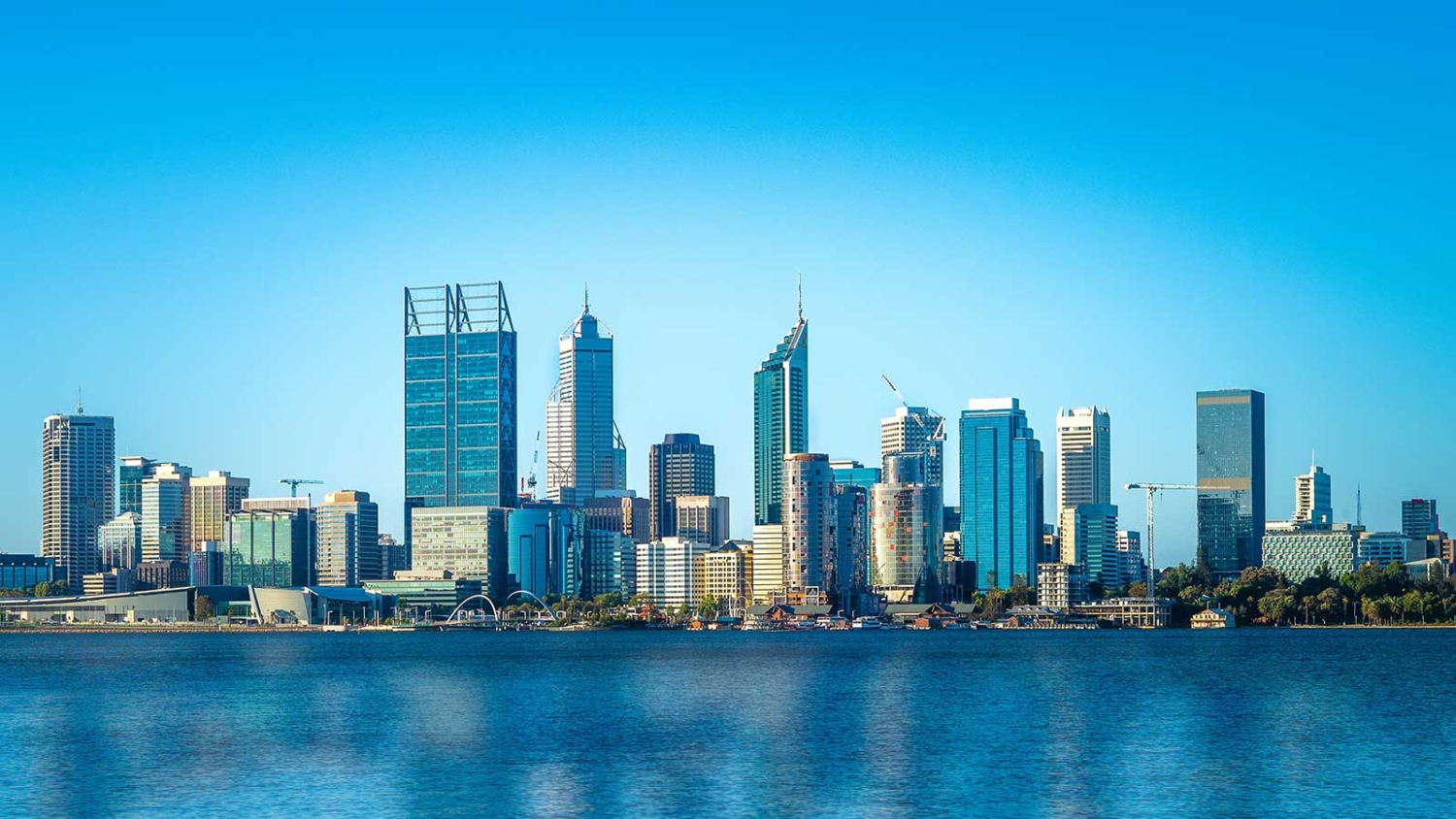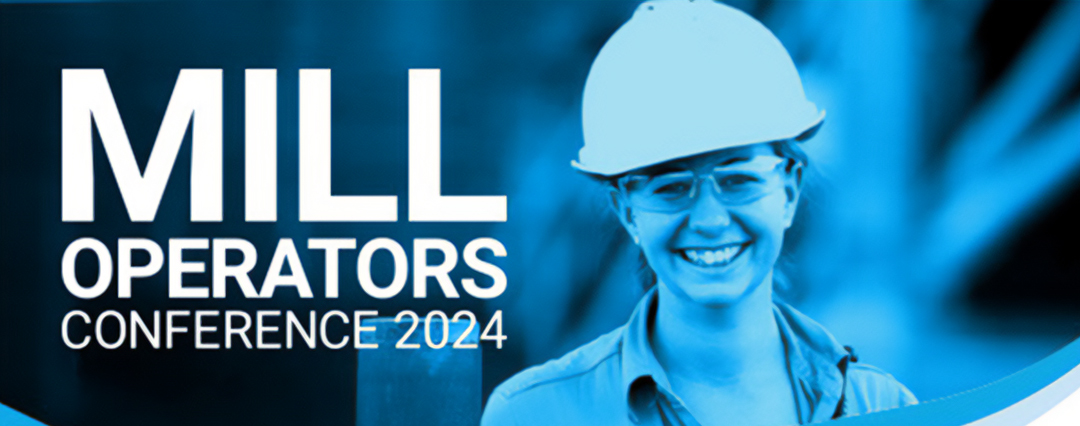
Hydroflux to Exhibit at AusIMM’s Mill Operators Conference 2024
October 15, 2024
Hydroflux is proud to exhibit at this year’s AusIMM’s Mill Operators Conference, which will be held from 21-23 October at the Perth Convention and Exhibition Centre.

The conference provides attendees with the opportunity to explore innovative technologies, engage with industry leaders, and discover new strategies to enhance operational efficiency and sustainability within the mining sector.
Hydroflux will be exhibiting at Stand 38 where our technical team will be available to discuss water treatment solutions for mining projects including process and potable water, reuse and wastewater treatment solutions.
To learn more about Hydroflux solutions in the mining industry click here, to find out more about the Mill Operators Conference 2024 please click here.
About the Hydroflux Group
The Hydroflux Group aims to deliver the highest level of engineering and scientific know-how to the emerging issues of sustainability, climate adaptation and environmental protection with a specific focus on water and wastewater.
As part of its vision and mission, Hydroflux has always taken its climate responsibility seriously. In 2022, Hydroflux became Australia’s first water treatment and technology company to achieve Climate Active carbon neutral certification for its organisation and products. It knows that partnering with customers and clients is the most significant impact it can have in its journey. The Group employs over 100 staff and operates throughout Australia, New Zealand and the Pacific Islands, with office locations in Sydney, Melbourne, Brisbane, Perth, Auckland, Suva and Portsmouth.
Up Next
Hydroflux Group Newsletter – October 2024
Categories
- Tradeshows
- Climate
- Community Engagement
- Corporate Announcements
- Group News
- Newsletters
- Product News
- Project Announcement


